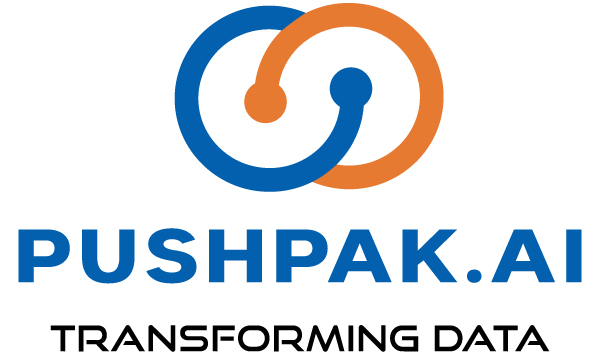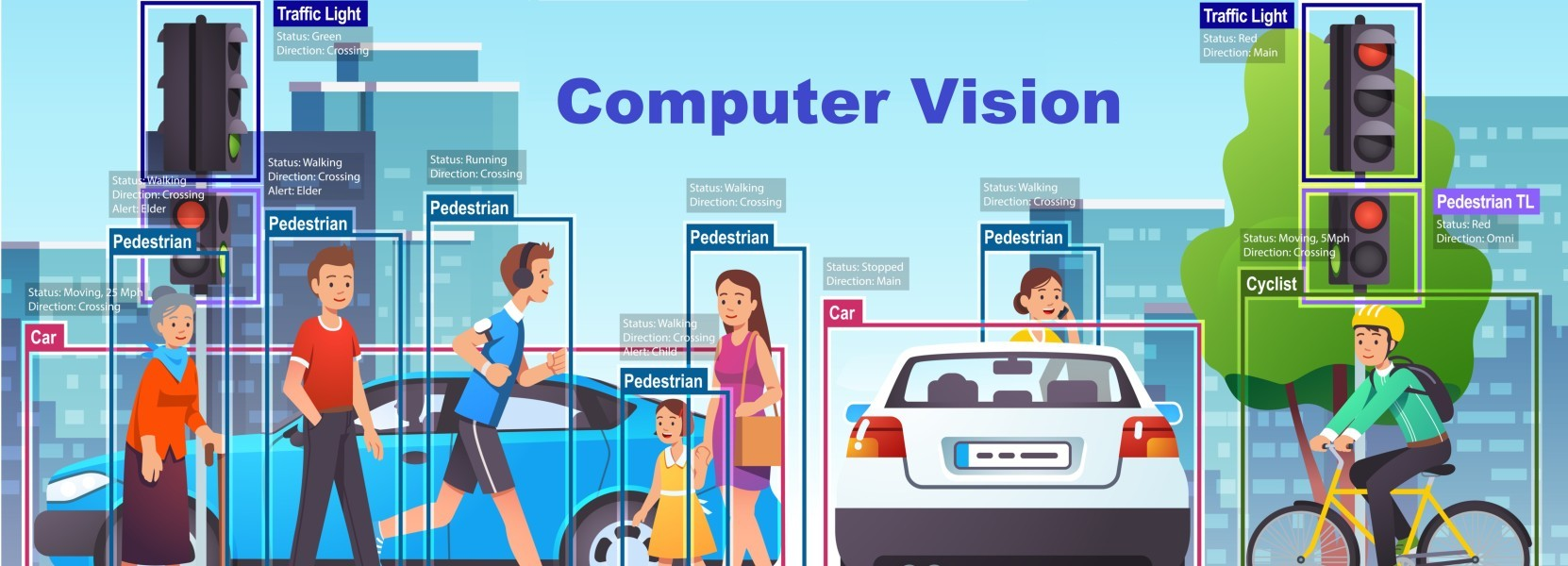Computer vision is a rapidly evolving field that has the potential to revolutionize a wide range of industries, from healthcare to transportation to retail. In recent years, we’ve seen tremendous progress in the development of deep learning algorithms that can accurately analyze and interpret images and videos, and there’s no doubt that the future of computer vision is bright.
So, what can we expect to see in the coming years? Here are a few possibilities:
Greater integration with other technologies: We’re already seeing computer vision being used in conjunction with other technologies like AR/VR, drones, and robotics. As these technologies continue to advance, we can expect to see even more integration between them and computer vision.
Increased use in autonomous systems: One of the most exciting applications of computer vision is in the development of autonomous systems, including self-driving cars and drones. As these systems become more advanced and more widespread, we can expect to see a corresponding increase in the use of computer vision to enable them to “see” and navigate the world around them.
More accurate and efficient image recognition: One of the primary goals of computer vision research is to improve the accuracy and efficiency of image recognition algorithms. In the future, we can expect to see significant progress in this area, with algorithms that are able to recognize and classify objects with greater precision and at faster speeds.
The rise of generative models: Generative models, which are used to synthesize new images based on a given set of inputs, are a relatively new area of research in computer vision. In the coming years, we can expect to see significant progress in the development of these models, which have the potential to revolutionize the way we think about image generation and manipulation.
Wider adoption in various industries: As computer vision technology becomes more advanced and more accessible, we can expect to see it being adopted in a wider range of industries. From healthcare to retail to agriculture, there are countless applications for this technology, and we can expect to see it being used to solve a wide variety of problems.
Where can we see is it being used?
The future of computer vision looks bright and full of possibilities. With the rapid advancements in deep learning and the increasing amount of data being collected, the potential for computer vision to revolutionize industries is vast. Here are a few areas where we can expect to see significant progress in the coming years:
Augmented Reality (AR) and Virtual Reality (VR): With the help of computer vision, AR and VR technology is expected to become more realistic and immersive. This can potentially lead to a wide range of applications, including gaming, education, and even medical training.
Autonomous vehicles: Computer vision plays a crucial role in the development of self-driving cars. With the help of cameras and sensors, these vehicles can detect and recognize objects, pedestrians, and other vehicles on the road, allowing them to navigate safely. We can expect to see significant progress in this area in the coming years, potentially leading to widespread adoption of autonomous vehicles.
Medical imaging: Computer vision can be used to analyze medical images, such as CT scans and X-rays, to help doctors diagnose diseases and conditions. With the help of deep learning, we can expect to see significant improvements in the accuracy and efficiency of medical imaging, potentially leading to better healthcare outcomes.
Surveillance: Computer vision can be used to analyze video feeds from surveillance cameras to detect and recognize individuals, objects, and suspicious activity. This can be used for security and crime prevention purposes. We can expect to see the development of more advanced surveillance systems in the coming years.
Robotics: Computer vision can be used to enable robots to understand and interact with their surroundings. This can lead to the development of more advanced and capable robots, potentially revolutionizing industries such as manufacturing, agriculture, and logistics.
Overall, the future of computer vision looks bright, with endless possibilities for innovation and progress. As this technology continues to evolve, we can expect to see it having a major impact on the way we live and work.
Enabling cameras to visualize our world using powerful Computer Vision AI to generate real-time analytics. Know More







